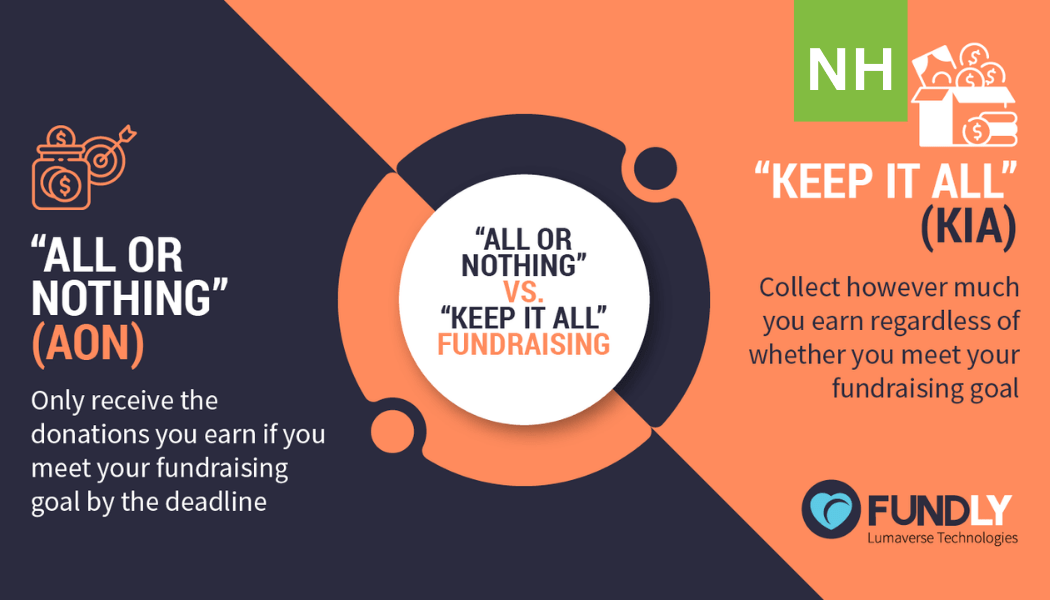This article was originally published in Nonprofit Hub Magazine.
Fundraising: a concept those of us in the nonprofit sector may groan about, but understand that it’s a necessary evil. For years, we’ve done it the same way—big events, door-to-door asks, social media pleas. And seemingly, it’s worked.
But there’s a cultural shift happening in the nonprofit sector. We’re focusing more on building a culture of philanthropy: one that supports and nurtures development within a nonprofit organization, making its board to its donors and every employee in between understand the importance of the organization’s fundraising success and their roles within it. We’re becoming more open about financing our overhead costs, and we’re choosing to be transparent with our boards about what we need from them. You’ve heard the phrase “culture eats strategy for breakfast.” What this means for nonprofits is that how well they do financially is now being determined by their values, practices, openness and behaviors of employees. With that emerging honesty and trustworthiness, the way we fundraise has to change too.
Let’s face it: if you’re a nonprofit trying to make an impact in your community, you need to be on the ball with what’s trending among potential donors. We’ve compiled creative new methods for you to try out and see if you can keep up with what your supporters are trying to accomplish.
Giving circles
A concept gaining a lot of ground among younger generations is giving circles: a form of group fundraising where members pool money together and collectively choose a cause or organization to donate it to. Their appeal stems from the idea of doing things that matter, together. Isn’t that why people join any club or organization? In a study done by the Collective Giving Research Group, it was revealed that younger people, minorities and women prefer joining giving circles to any other form of group fundraising. This might be because giving circles offer an inclusive way of giving that alleviates pressure from just one person. The 2016 study also found that giving circles engaged at least 150,000 people in all 50 states and have donated as much as $1.29 billion since their inception. If you’re looking for a great way to engage a more diverse crowd and gather a lot of donations quickly, consider creating (or joining) a giving circle.
Earned income
We’re big proponents of running your nonprofit like a business. Part of that comes from looking at ways you can bring in money to further your mission that doesn’t just come from standard donations. By definition, earned income is “any income that a person or company receives for work they have done.” For nonprofits, types of earned income can be from mission-related sales or from services, like selling t-shirts or consultation sessions. Remember that just because you’re “not for profit” doesn’t mean you’re not profitable. Do some primary research and ask your donor base what products or services they would consider buying. Pick one that’s tailored to your mission. Once you have that, put in the time and money to develop a product or service that will add something special to your nonprofit. Earned income falls into the picture when you’re trying to diversify your funds, so even if your nonprofit can garner financial support from grants, donations or major gifts, don’t exclude the idea of earned income to help supplement those as well.
Capital campaigns
A capital campaign is kind of like your typical fundraiser, but for an extensive amount of time. Looking at it further, a capital campaign is a concentrated effort to raise a certain amount of money for a particular project or operation. Capital campaigns usually have hard and fast deadlines, pressuring donors to contribute by a specific deadline. The appeal of capital campaigns is that it encourages community support around one thing they can all get behind. The excitement builds as the total funds climb and by the end, when you hopefully meet your goal, it’s the perfect time to host a party. The increased public awareness also entices volunteers to help out. Capital campaigns are great when you have a project that seems too big to tackle on your own (a building renovation, for example).
Donor matching gifts
Donor matching programs are a type of collective giving where a corporation doubles an employee’s initial donation to an eligible nonprofit. A partnership with a company that wants to implement a donor matching program is huge for an organization. Companies of all shapes and sizes choose to participate in programs like these to encourage social responsibility and build a culture of philanthropy among their employees. With these kinds of gifts, your organization and the company you partner with can create a symbiotic relationship where you both benefit: nonprofits get increased revenue and tailored outreach, while corporations get a no-cost donation and employee trust.
Planned giving
Everyone wants to leave some sort of mark on the world. That’s why legacy gifts, a form of planned giving where people leave a major donation to a nonprofit in the event of their passing, are increasing in popularity as a meaningful way for donors to contribute. This often comes in the form of a monetary donation, but can also come through as life insurance, real estate and retirement plans. A 2016 Giving USA report found that, in 2015, total bequest giving grew by at least two percent and represented nine percent of all charitable giving. Our philosophy behind planned giving is that you should never wait until someone is close to settling their estate to talk to them about putting your organization in their final plans. Making soft asks all the time might be a long game, but it’s also a game that can reap a lot of benefits. Remember that planned giving is a lot about reminding people you’re an option while they’re alive.
As the culture of our sector begins to change, we need to be changing too—especially when it comes to fundraising and creating an atmosphere where everyone feels they can play a beneficial role. By keeping up with the times and adapting to giving trends, your nonprofit will have a leg up when fundraising.





.gif)


